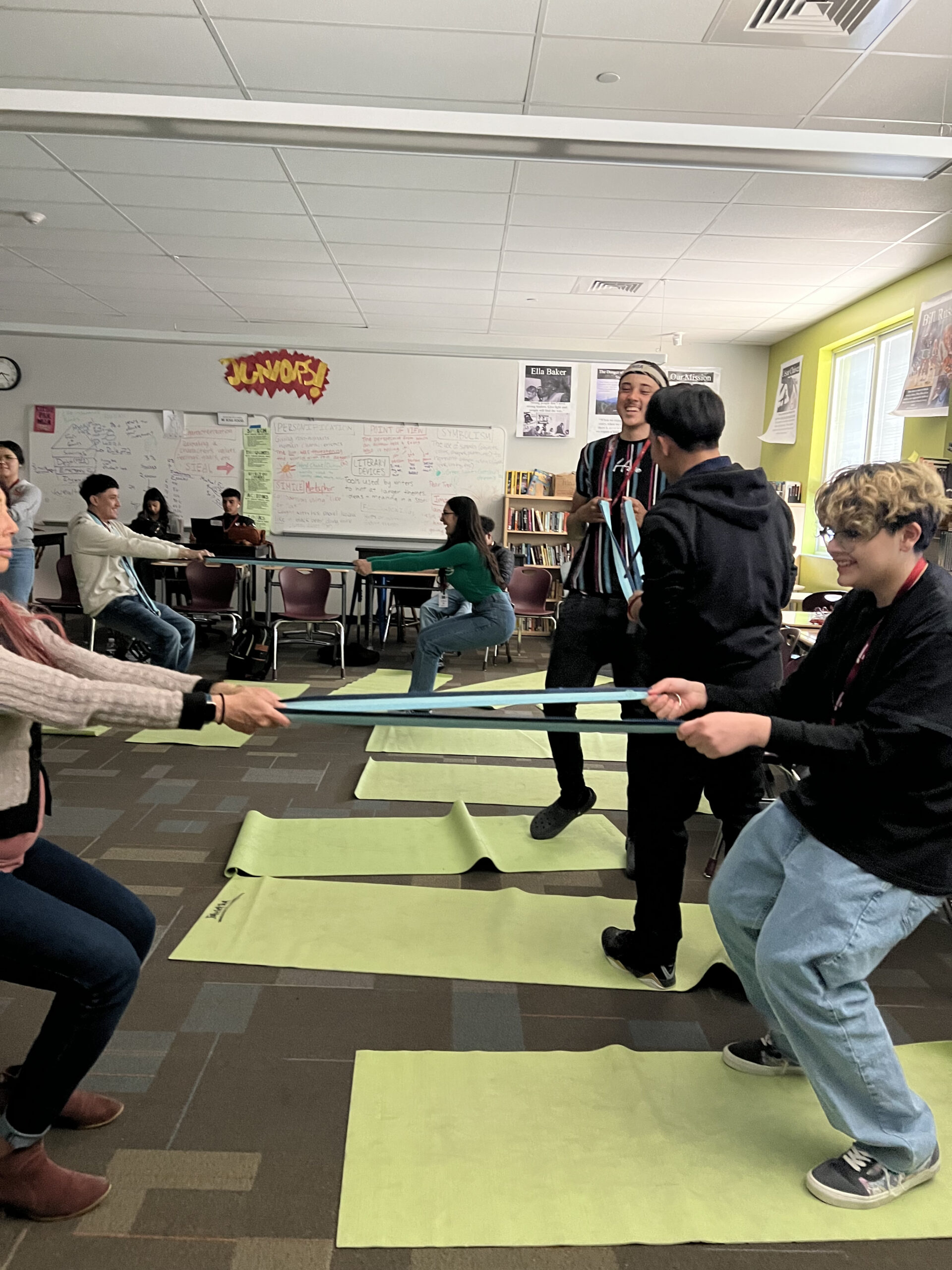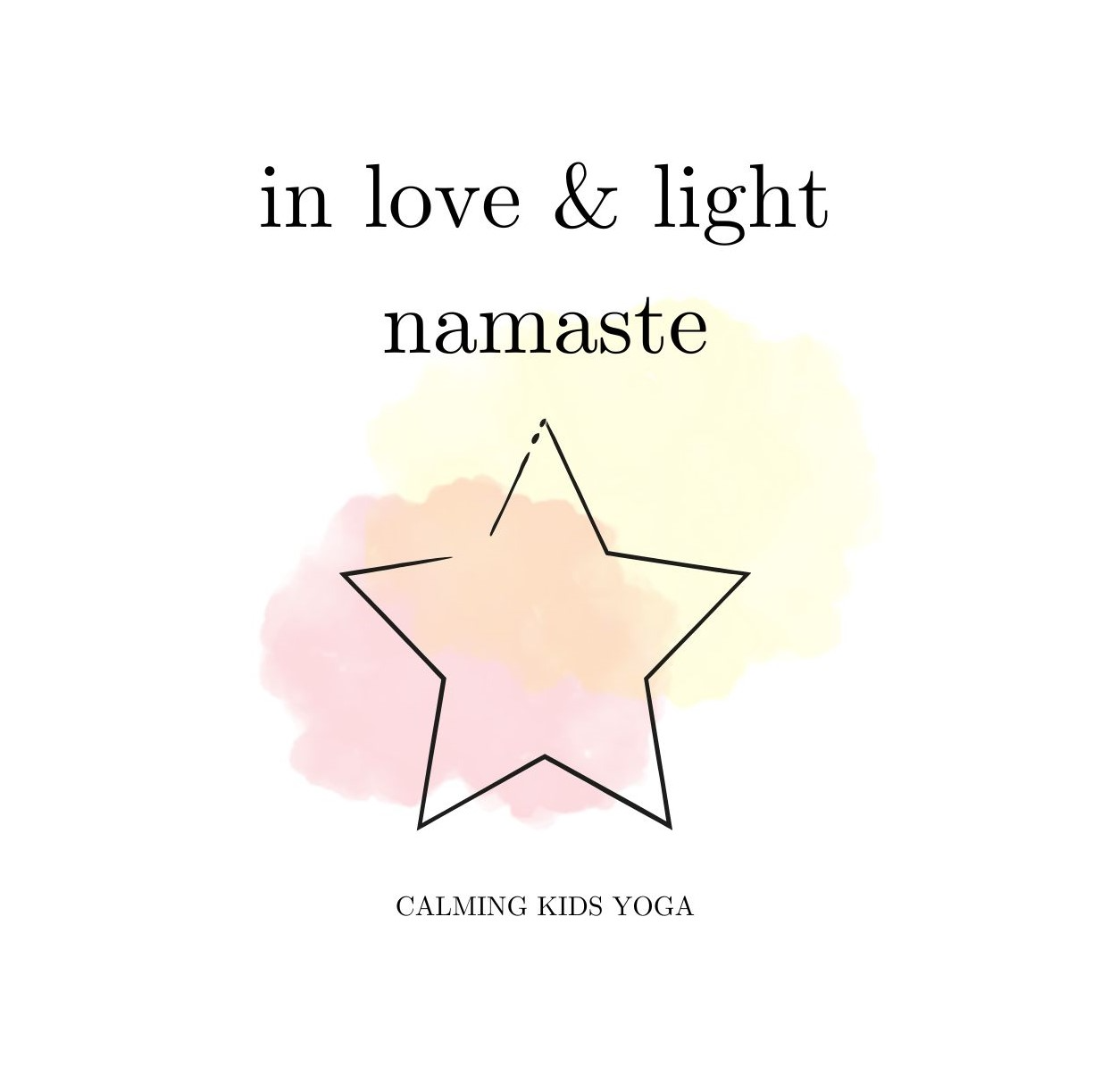Bullying Can Be Stopped With Yoga
This is an interview with Dee Marie, MA, CYT who has been practicing yoga therapy in clinical settings since 1986 and instructing classes for students comprised of all ages, backgrounds, and abilities. In the middle of a professional dance career she suffered a freak accident, after which she was forced to look for therapies to help counteract the news: “You will never walk again.” Therefore she decided to train in classical yoga therapy with Sri Swami Rama of the Himalayan Institute starting in 1990, received a master’s degree from New York University in Exercise Therapy, Child and Motor Development in 1993, and studied with Mukunda Stiles in Structural Yoga Therapy and Ayurveda from 2003 to the present. Today, she is able to dance, ski, and hike in Boulder, Colo.
Rob Schware: What motivated you to start Calming Kids (CK): Creating a Non-Violent World? Where were you in your life at the time?
In 2004, I attended the annual meeting in Denver of the American Medical Association Alliance, which is a division of the American Medical Association that implements community-based health care programs addressing aspects of the nation’s well-being. The alarming rise of bullying in the schools was the focus of the meeting, which inspired me to address bullying with an educationally-based yoga program during the school-day curriculum to teach ahimsa — nonviolence to self and others. In 2004, yoga was not as mainstream in the schools as it is today.
Is there evidence that what you are teaching kids works?
Yes. I set up a pilot study to determine if yoga would result in a decrease in bullying. And it did. I spent four years gathering information while teaching 4th and 5th grade students during the school day. The students were surveyed before and after my instruction period. Statistical evaluation of the questionnaires addressed topics related to bullying as well as interpersonal relationships, stress management, and concentration abilities, and showed a dramatic decrease in violent behavior. I also interviewed the teachers and the principal to determine the effectiveness of the program. They enthusiastically endorsed the changes observed in the students.
The CK curriculum was created after the first year of research, because our pilot study [indicated] that children taught to relax, self-regulate, communicate, and have compassion for others could dramatically increase their abilities to manage their anger.
[See four-year research study results here.]
Is it an adult idea that kids should practice yoga?
No. There is a huge need for this type of education for kids. With the constant advancement in technology, kids and teens are continually bombarded with external stimuli. But their communication skills are often lacking, self-awareness is difficult, and relaxation/centering techniques are nonexistent. Therefore, Calming Kids: Creating a Non-Violent World definitely works for kids and teens.
Students of all ages love yoga. It is fun and very relaxing. The CK system teaches children how to balance their lives and how to communicate effectively. Students do not ask for asanas (yoga postures); they do ask for relaxation, concentration or conflict resolution scenarios. It is the lifestyle of yoga that sparks their interest. Yoga is an enjoyable way to learn self-reflection, introspection, and relaxation, which most children greatly appreciate. It helps them to counterbalance their reaction to the busy world they live in.
Nowadays, everyone is teaching “kids yoga.” Please compare and contrast what you teach with the way it’s being taught by more-recently trained instructors.
Many of the current children’s yoga approaches become just another movement experience in childlike form — “Be a tree, jump like a frog, stand like a flamingo.” All of this has its place, and children respond joyfully to the animal imagery of yoga asana. Addressing the physical body is a way into the energetic and emotional bodies, but what about the student who cannot walk, has a special need, or just came back from soccer practice, or the teen who does not like to sweat? How do we reach this population? Calming Kids yoga looks at a deeper aspect of managing one’s life by giving techniques not only with exercise, but with a traditional approach to yoga education by teaching practices for the body, the breath, the mind, and nonviolent communication strategies.
Yoga used to be a practice to prepare the body for meditation. What is it you are teaching kids? Is there anything spiritual about your teaching or is it strictly about stretching and breathing?
The spiritual aspect of Calming Kids emphasizes to the students how to have positive social interactions with their families, peers, community and world.
CK is taught within the school-day curriculum. And it addresses more than stretching and breathing. CK explores five out of the eight classical Ashtanga limbs. Since students learn in different ways, the CK system addresses all learning styles by presenting yoga education in a variety of forms: visually, physically, orally and intellectually. The CK program introduces how the regulation of involuntary breathing will create a comfortable body and a focused mind subsequently developing compassion for oneself and others.
What is your vision for yoga with the kids you are trying to serve? What would you like to see happen?
To have yoga education mainstream in every school nationally by 2020, in order to offer school-age students an alternative to sex and guns as communication techniques. I want the schools to teach ahimsa (nonviolence to self and others). And this would certainly not be an exercise system, but rather the ability to relax and communicate effectively in stressful situations. To take a few moments to breathe, center, reflect, and gather one’s thoughts before reacting in a violent manner.
What continues to motivate you?
I live in one of the largest yoga-populated cities in America: Boulder, Colo. Yet there are still so many individuals here — children, teens, young adults, seniors, families, brain-injury survivors, wheelchair-bound students — who cry out for the knowledge to calm down, relax, focus, release, and communicate effectively. What motivates me is helping to address these cries, to help those who want to learn a lifestyle of freedom within their body and mind. I am continually motivated to help the youth who have nowhere else to turn in order to learn svadhyaya (self-study) and ahimsa (nonviolence to self and others). There is clearly an intense need to offer solutions in response to the loud cries because of the number of shootings we have in Colorado.
I’m interested in your thoughts on service, and the types of service that come from a yoga practice. What kind of service opportunity does a yoga practice offer to a teacher in a place like Boulder?
Typically we start our journey into yoga for self-satisfaction and balance, and after many years of practice we attain a comfortable, confident, balanced attitude within our own lives. We can then turn to helping others who are struggling. Yoga is for everyone. When we say, “When the student is ready the teacher will appear,” it means that if we are ready to serve in any situation, the opportunity will present itself.
Besides training youth providers and children nationally, Calming Kids is developing an online Children’s Yoga and Bully-Proofing Training for elementary-age youth professionals, as well as, a Spanish version of our CK Training Manual.
Dee Marie, MA, CYT 303-530-3860 dee@calmingkidyoga.org.
www.calmingkidsyoga.org
facebook.com/calmingkidsyoga
twitter: @calmingkidsyoga
Editor: Alice Trembour
Are you a yoga instructor giving back to underserved or un-served populations? Email rschware@gmail.com if you’re interested in being interviewed for this series. Thank you for all you do in the name of service!
Hot-Off-The-Press
Mindful Yoga Therapy for Veterans Coping with Trauma, a collection of simple but effective yoga practices developed by Suzanne Manafort and Dr. Daniel Libby through practical and clinical experience working with veterans coping with PTSD and other psycho-emotional stress. While benefiting trauma patients safely and comfortably, the practices can be used by anyone dealing with stress.
The Give Back Yoga Foundation is making this manual available free to veterans and VA hospitals. It is also available on the GBYF website, if you would like to purchase the book and support free distribution to veterans. This practice guide includes a supplement (poster-size) of the yoga practices.
Join us at the Yoga Service Conference at Omega June 7-9th http://yogaservicecouncil.org/?page_id=5
For more by Rob Schware, click here.
For more on yoga, click here.






